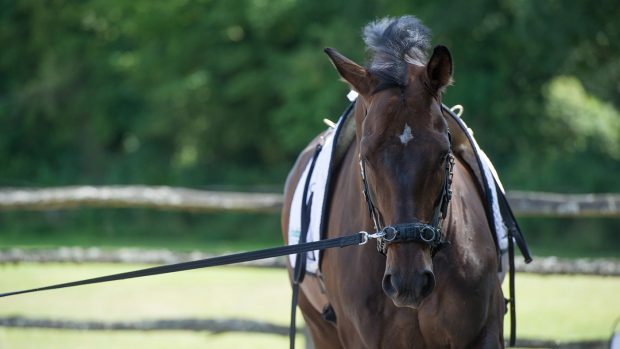Find out more about draw reins
Draw reins are forbidden at dressage and horse trials competitions but accepted in showjumping.
Riders of international calibre will use them with great skill to fine-tune the shape of horses about to make supreme jumping efforts and sometimes to maintain control in the m ªl ©e of the warm-up and collecting rings.
John Smart, an accredited British Eventing and British Showjumping trainer, warns: “Draw reins don’t mean you’re a good rider.
“I get the odd person turning up at my clinics wanting to use draw reins, so I hold their heads either side and then say, ‘Keep your head still’.
“But when I go to twist it they invariably move their head. I say, ‘No, keep it still’ and then apply a little downward pressure and they say, ‘Ouch’. ‘Yes,’ I say, ‘it hurts, doesn’t it? Imagine what that would be like if I had leverage too.’
“If you put a muscle where it doesn’t want to be, it tears – it doesn’t build.“
He adds: “I am not a gadget person, but if draw reins are used as a means to an end, they can be beneficial. If a horse is inverted, there is nothing at all that says you can’t educate that horse into softening the outline using draw reins and give yourself a little helping hand.
“There is no point in making life unnecessarily difficult.
“You might have to do six months of shoulder-in and leg yield – or three weeks when you also use draw reins a couple of times a week to point a horse gently in the right direction.”
For the full article about draw reins see the current issue of Horse & Hound (3 November, 2011)
Read more about




